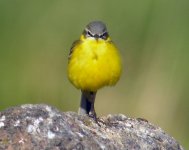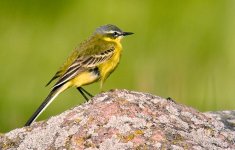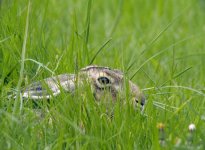jebir
Yoda Eagle
Hi Forum!
This is my first post here.
So far, I have been digiscoping with an old Kowa TS-1 and a home-made achromatic eye-piece. It works fine but the chromatic abberrations from the scope's objective and prisms are very disturbing so I am considering to upgrade the scope.
I have been searching the web and this forum for info on digiscoping with an Optolyth 100 TBS APO but have not really found any opinions on that for this purpose.
Does anyone here have any experience? I am in particular interested in knowing about vignetting with different eyepieces since I am using an Olymus C5050 digital camera that has a larger diameter lens than the conventional CoolPix 9XX cameras.
Also, another question: How do you post a review of equipment? I have a brand new Nikon 10x42 SE CF that I could review for others to read.
With best regards, Jens.
This is my first post here.
So far, I have been digiscoping with an old Kowa TS-1 and a home-made achromatic eye-piece. It works fine but the chromatic abberrations from the scope's objective and prisms are very disturbing so I am considering to upgrade the scope.
I have been searching the web and this forum for info on digiscoping with an Optolyth 100 TBS APO but have not really found any opinions on that for this purpose.
Does anyone here have any experience? I am in particular interested in knowing about vignetting with different eyepieces since I am using an Olymus C5050 digital camera that has a larger diameter lens than the conventional CoolPix 9XX cameras.
Also, another question: How do you post a review of equipment? I have a brand new Nikon 10x42 SE CF that I could review for others to read.
With best regards, Jens.
Last edited:






